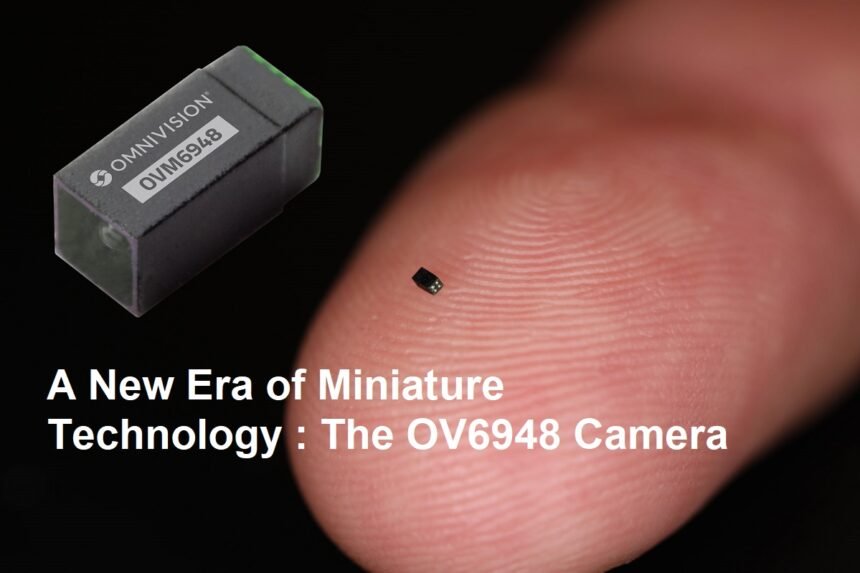Introduction
In a world where technology continues to shrink in size while expanding in capabilities, the OV6948 camera stands as a groundbreaking achievement. Known as the smallest camera in the world, this tiny device measures less than a grain of sand, opening up new possibilities across multiple industries, from medical procedures to industrial inspections and even military applications.
The Size That Stuns
The OV6948 camera is a marvel of miniaturization. Its dimensions are approximately 0.65 millimeters by 0.65 millimeters, making it smaller than a grain of sand. To put this into perspective, the average grain of sand is about 0.5 to 2 millimeters in diameter. This incredible reduction in size has been made possible through advanced manufacturing techniques, including wafer-level fabrication and cutting-edge semiconductor processing.
Despite its minuscule size, the OV6948 packs impressive features. It includes a high-resolution sensor, a tiny LED light source, and a flexible cable, allowing it to capture images and videos in places where larger cameras simply cannot reach.
Revolutionary Applications
The small size of the OV6948 opens the door to a myriad of innovative uses. One of the most significant applications is in the field of medicine, particularly in minimally invasive surgeries and endoscopy. Traditional endoscopes require large incisions and cumbersome equipment, but the OV6948 can be inserted into the tiniest openings or even into blood vessels, providing real-time visuals to surgeons without the need for invasive procedures.
In industrial settings, the camera is employed for inspecting small and hard-to-reach components inside machinery or engines. Its size allows engineers to detect faults, corrosion, or blockages in confined spaces without dismantling entire systems. Similarly, the military and security sectors utilize this ultra-compact camera for surveillance and reconnaissance missions, where discretion and access to tight spots are critical.
Technical Capabilities
Beyond its size, the OV6948 offers high performance. It features a resolution that allows clear imaging, and its low power consumption makes it suitable for continuous operation. The camera can transmit data in real-time, making it highly efficient for live applications.
One of the most innovative aspects of the OV6948 is its integration capability with other miniature electronic systems. It can be embedded into medical devices, drones, or robotic systems, facilitating remote operations or inspections in real-time with extensive precision.
Challenges and Future Prospects
The development of such an ultra-small camera is not without challenges. Manufacturing consistency, durability, and ensuring reliable data transmission are critical issues that engineers continue to address. Despite these hurdles, the progress made with devices like the OV6948 suggests a promising future.
As miniaturization technology advances, we can expect even smaller and more sophisticated cameras to emerge. These innovations will likely lead to breakthroughs in medical diagnosis, industrial maintenance, and defense strategies, transforming how humans interact with their environment.
Conclusion
The OV6948 is more than just a tiny camera; it’s a symbol of technological innovation and ingenuity. Its minuscule size, smaller than a grain of sand, challenges conventional limits of imaging technology and paves the way for a future where microscopic cameras could become integral tools across various fields. As research continues and manufacturing techniques improve, the potential applications of such miniature devices are virtually limitless, promising a future filled with even more revolutionary advancements.












